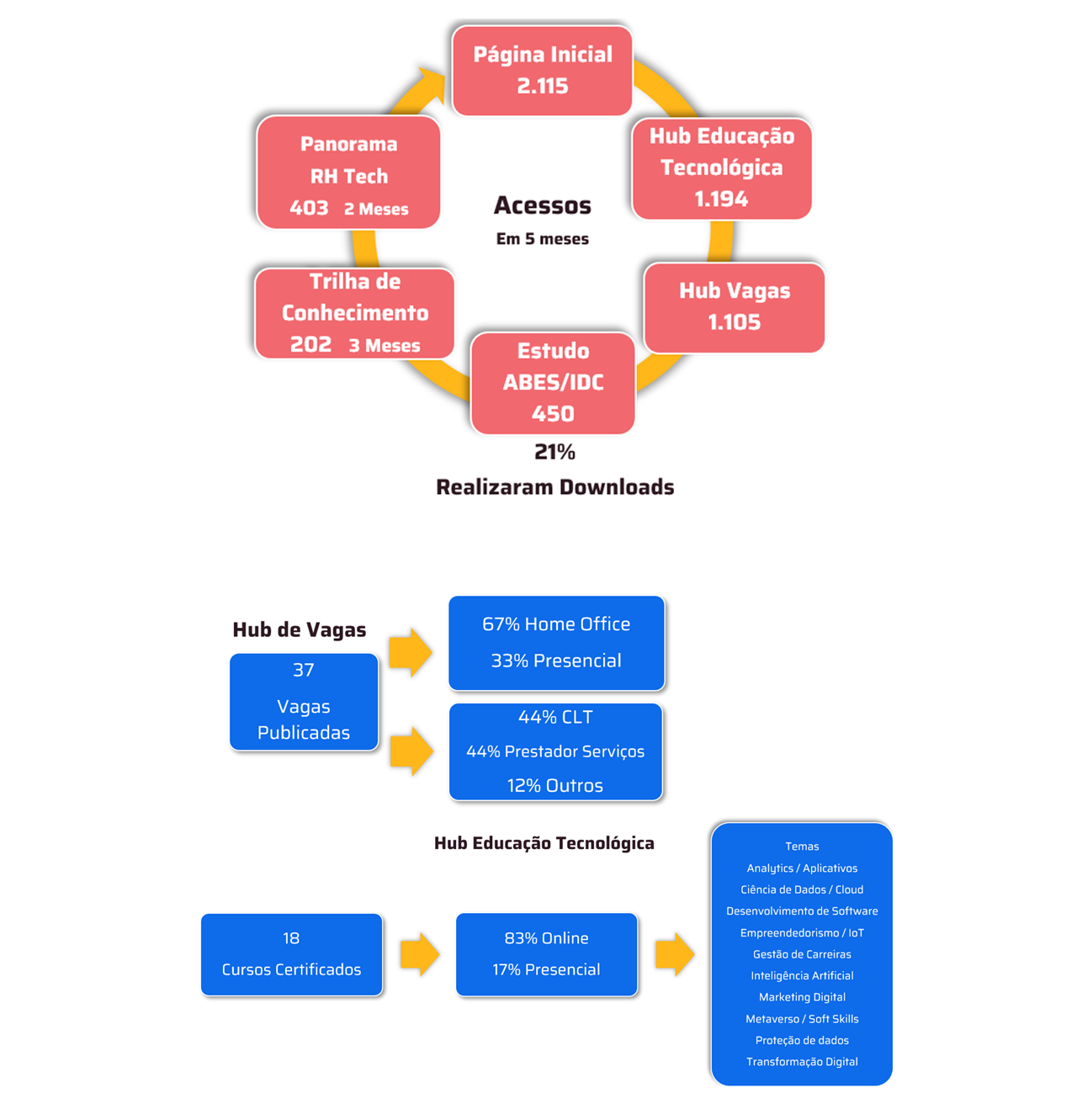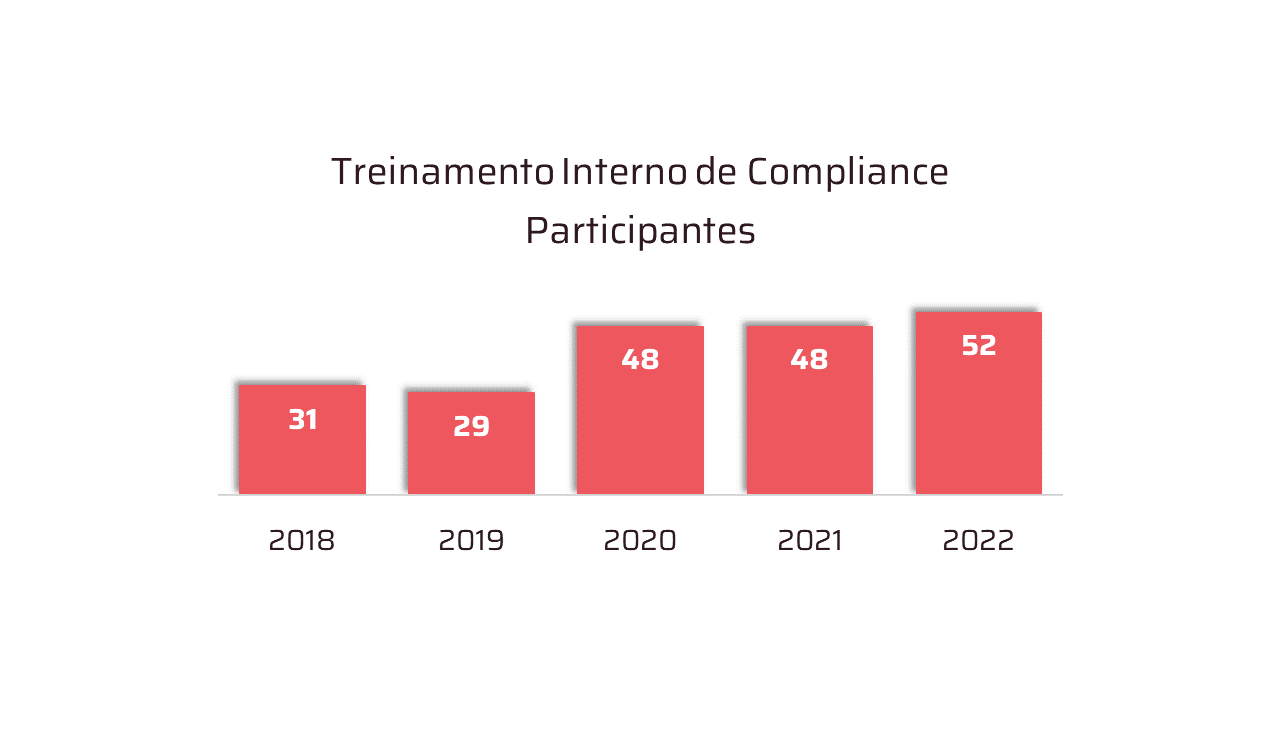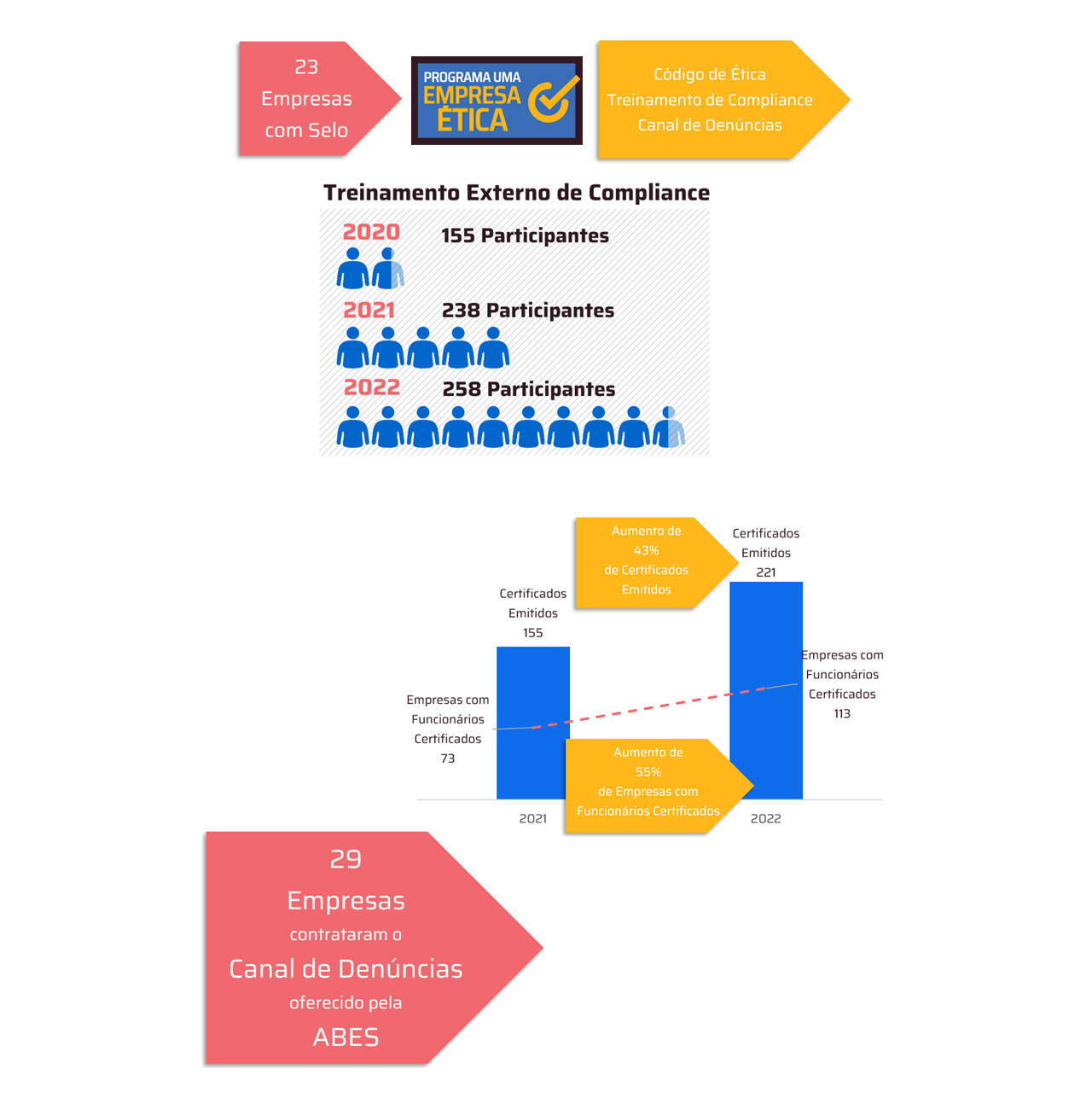 *By Eduardo Maruxo
*By Eduardo Maruxo
I don't know about you, but it's hard to imagine a Brazilian who doesn't know Zeca Pagodinho or has never heard the song "Let Life Take Me Away". This samba, considered almost an "alternative national anthem", inspires a philosophy of life based on accepting challenges with serenity and letting destiny flow naturally, a message that is valid in many situations.
However, when we apply this philosophy to the business world, the story changes. Entrepreneurs and teams need to make active decisions and often redirect their course when faced with danger signs or unexpected opportunities.
This is where the concept of “pivoting” comes in, widely popularized by Eric Ries in “The Lean Startup”. Pivoting means strategically changing direction based on learnings, adapting the business model to a path more aligned with market demands, without discarding what has been built up until then.
In this sense, we can explore 3 main types of pivots.
Types of Pivots
1 – Linear
A linear pivot occurs when a company maintains its core business but gradually adjusts its offering. Amazon is a classic example: it started out selling books online and gradually expanded its catalog until it became “the everything store.” This type of pivot requires patience and constant data analysis. Success comes from the ability to identify opportunities adjacent to the core business and systematically exploit them.
2 – Reverse
In a reverse pivot, a company makes a drastic change to its value proposition. Nintendo is a fascinating case in point: it started out making playing cards in 1889 and is now a gaming giant. This type of pivot is riskier and requires courage from leadership. The key is to identify the right moment and maintain some core elements of the business during the transition.
3 – Accelerated
The accelerated pivot gained prominence during the pandemic, when companies had to reinvent themselves in a matter of weeks. Restaurants created or adopted delivery services, gyms, schools and universities developed online 100% classes, and so on. This type of pivot requires agility and the ability to execute quickly, but it can save a business in critical moments.
How to identify the right time to pivot
As the saying goes, where there’s smoke, there’s fire. Therefore, I’ll highlight 5 very important signs that startups should consider.
1 – Financial Data
The numbers don’t lie. When a startup sees its financial metrics deteriorating consistently for 3-6 months, it’s time to consider changes. This includes not only revenue and profit, but also customer acquisition cost (CAC), customer lifetime value (LTV), and cash burn rate. A deep dive into these metrics can reveal structural issues that can be saved by pivoting part or all of the business.
2 – Low Market Engagement
If your users aren’t truly engaged with your product, something is wrong. Metrics like usage time, feedback frequency, and NPS can all indicate fundamental problems. A product may have thousands of downloads, but if no one uses it regularly, you need to rethink your value proposition.
3 – Consistent Negative Feedback
Customer feedback is pure gold for startups. When you hear repeated complaints or find yourself constantly explaining your product, it’s a sign that something needs to change. A good product solves problems so naturally that it doesn’t require long explanations.
4 – Rapid Technological Evolution
Technology advances exponentially. If your solution relies on technology that is being outmoded, it’s time to pivot. Blockbuster ignored the rise of streaming and paid the price. Stay on top of technology trends and how they can impact your business.
5 – Changes in Demand
Consumer behavior is constantly changing, whether due to issues such as the pandemic, which has accelerated several trends such as remote working and online shopping, or due to a new government directive or law. Startups need to be aware of these changes and ready to adapt their offering as needed.
Step by step to pivot efficiently
“Let’s despair calmly!”
I love this phrase, not only because of the memes, but because it brings a great truth to our context.
Now that you have identified that you need to change course, there is no point in simply doing so. Invest time in planning your route, even if it seems like you are “wasting time”, so that you can choose the best route.
1 – Diagnose problems
Before making any changes, it is essential to have an accurate diagnosis. Use analytical tools, conduct user interviews and create a dashboard with clear metrics. Imagine that you are investing a fortune in digital marketing, without much return, and discover through a detailed analysis that your audience is not on a certain channel that you invest in or that most of your customers come from referrals. There is no argument against data, right? The main objective is to identify not only the symptoms, but the root causes of the problems.
2 – Develop innovative solutions
Once the problem has been identified, it is time to create solutions. An effective practice is to hold ideation workshops with the entire team and, above all, bring customers to the table. Don't assume that you know what your customer wants; it is up to them to tell you, and the startup must test different hypotheses, initially on a small scale, before making large investments in changing course.
3 – Test, test and test (constantly)
Testing is the heart of a good pivot process. Create controlled experiments to validate your hypotheses. Establish clear metrics of success and make adjustments based on real data.
4 – Adapt and refine
Implementation should be gradual and closely monitored. Document each step of the process – successes, and especially failures, are valuable learning experiences.
Common Challenges
Every change, no matter how small, will generate weeping and gnashing of teeth. There is an iconic video about this from an Apple conference where a developer questions not only what Steve Jobs “has been doing in recent years”, but also wants to know the reasons for choosing another programming language that, in the developer’s view, is clearly worse than another. If you haven’t seen it, watch here. In addition to the video being a lesson on creating products for people, placing the customer at the center of the business, it also shows how much a change can shake the structure of any company.
1 – Change of mindset
Resistance to change is natural and needs to be actively managed. Involve the team in the decision-making process from the beginning, share data and build the new path together (and don’t forget the customer in the process, okay?!). Transparency and clear communication are essential.
2 – Associated costs
Every “pivot” has a cost – whether financial, operational or human. It is crucial to make a detailed financial plan and have a reserve to cover the transition period when you already have a team to support during this period. Also consider indirect costs, such as possible temporary loss of productivity.
3 – Team resistance
Your team may fear change for a variety of reasons: fear of losing relevance, needing to learn new skills, or simply because they are used to their comfort zone. Always train and develop your team, especially in times like these.
Pivoting is not doing a “u-turn”
Pivoting is not synonymous with throwing everything away and starting from scratch. Therefore, I leave some practical tips for those who need to perform a pivot with greater chances of success, remembering that there is no “silver bullet”, but rather, a lot of trial and error.
1 – Focus on Solutions
Always keep the customer's problem at the center of decision-making. For example: a financial management startup could identify, through data and feedback from its customers, that before creating sophisticated tools and super-elaborate graphs to control finances, its customers would first need to go through a financial education process and that this would bring more value to the business than the solution itself.
2 – Flexibility
Be agile in your decisions, but be mindful of the bigger picture. A more cautious approach may involve maintaining your core mission (or cash cow) while experimenting with different ways of delivering value that could add value or become the new focus of your business.
3 – Courage to Experiment
Accept that not every attempt will be successful. It is natural for some startups to try different business models before finding one that works perfectly. Each “failure” brings valuable lessons that contribute to the ultimate success.
4 – Ability to Learn
Turn data into actionable insights. Create a focused workgroup, analyze data and customer feedback, and make quick adjustments to your strategy. Keep a detailed record of lessons learned and share this knowledge with your entire team.
Final considerations
Pivoting isn’t just a business strategy — it’s a mindset that’s essential for innovative, long-lasting companies. According to a study by CBInsights, around 901% of startups fail, with 701% closing down within 2 to 5 years of being in business. Pretty cruel, right?
The secret to escaping this sad statistic is not to avoid change, but to embrace it in a strategic and well-planned way.
Let life pivot, but don't get carried away.
*Eduardo Maruxo is a designer with an MBA in Branding and a postgraduate degree in Business Technology, with an emphasis on AI, Data Science and Big Data from PUC-RS. In the late 90s, he created one of the first digital agencies in the country and is currently one of the founders of Grilo, an HR Tech focused on tech companies and people.
Notice: The opinion presented in this article is the responsibility of its author and not of ABES - Brazilian Association of Software Companies













